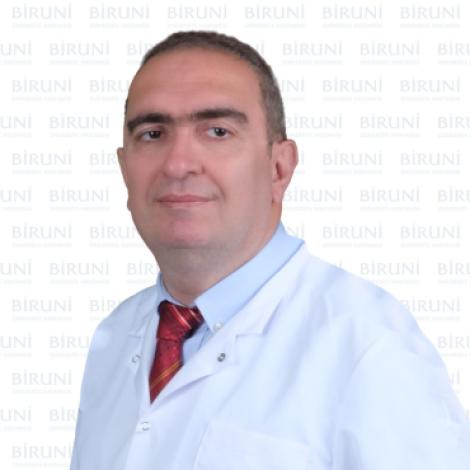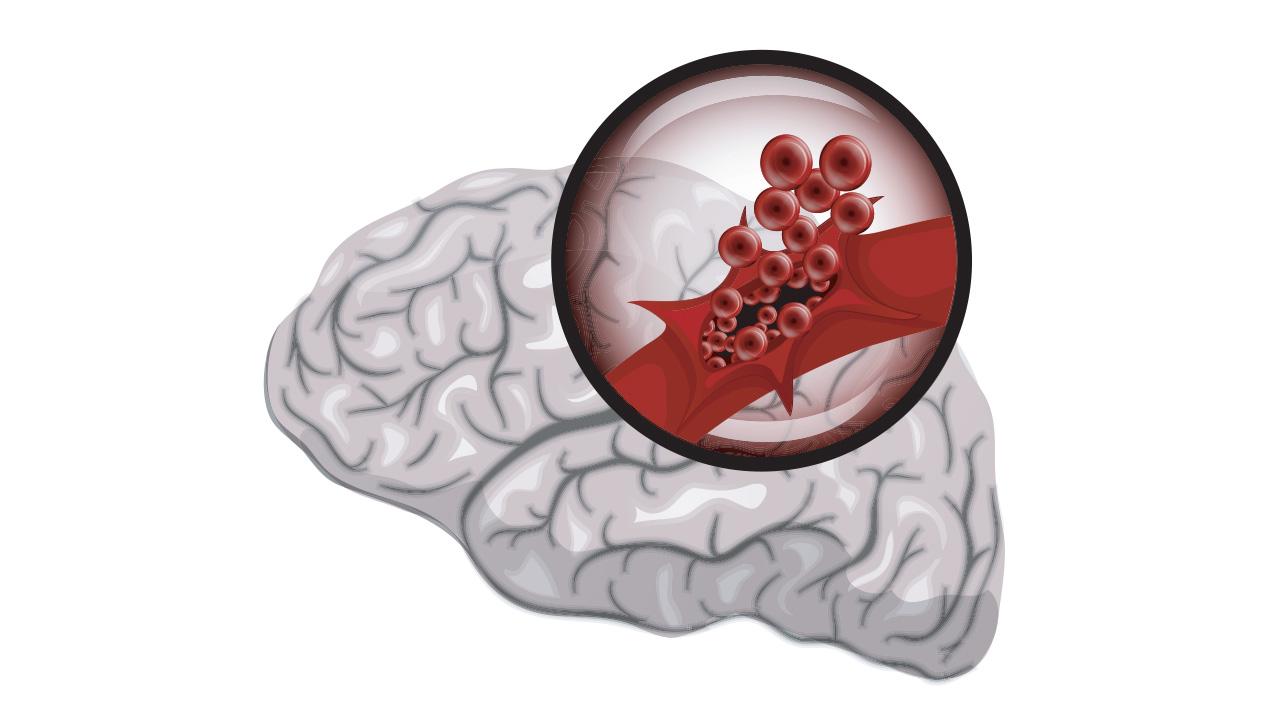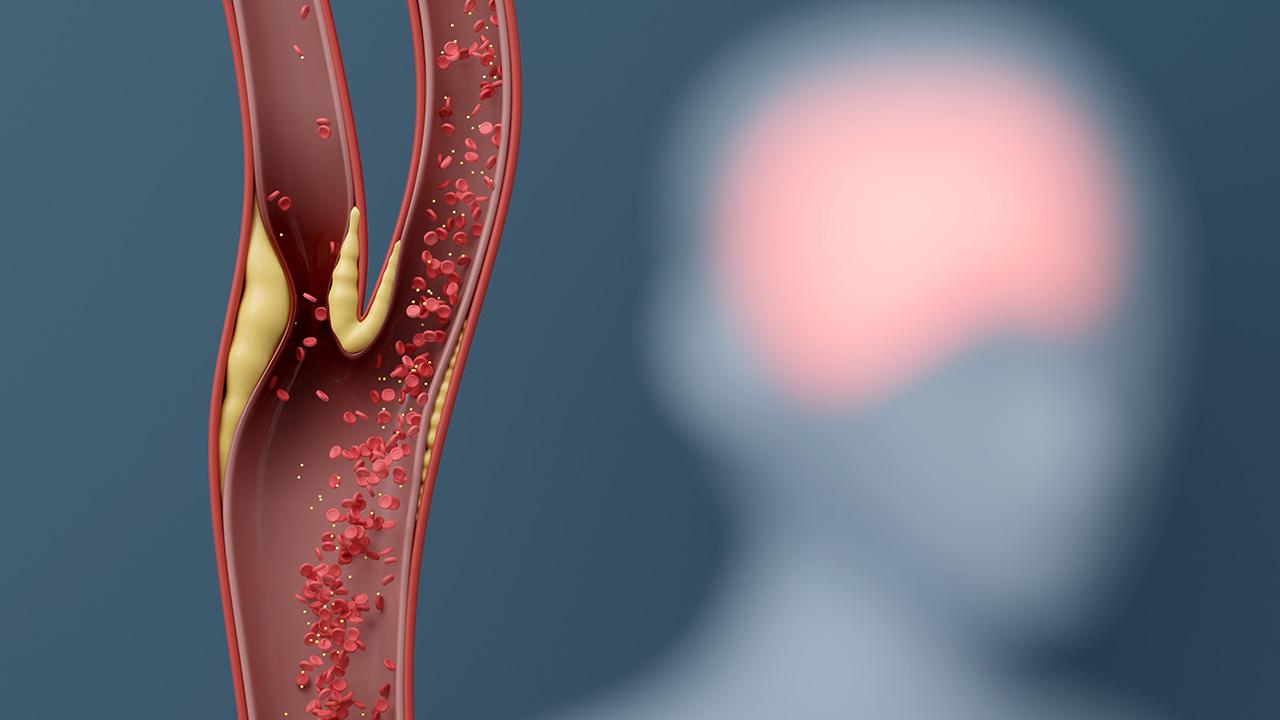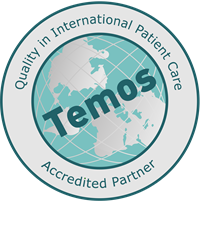Stroke Center
What is Stroke?
Stroke is a medical emergency that occurs due to the interruption of blood flow to the brain (ischemic stroke) or bleeding caused by ruptured blood vessels (hemorragic stroke). This condition prevents the brain from receiving oxygen and nutrients. Without oxygen and nutrients, brain cells begin to die within minutes. It affects 1 in every 4 adults worldwide.
Stroke, like a heart attack, requires immediate medical intervention. Quick and correct intervention can minimize brain damage, long-term disability, and the risk of death. In cases where timely treatment is not administered, permanent brain damage, long-term disability, or death may occur, making rapid and early intervention the most critical step in treatment.
The Stroke Center is a facility that provides early diagnosis, rapid intervention, and proper rehabilitation for stroke patients.
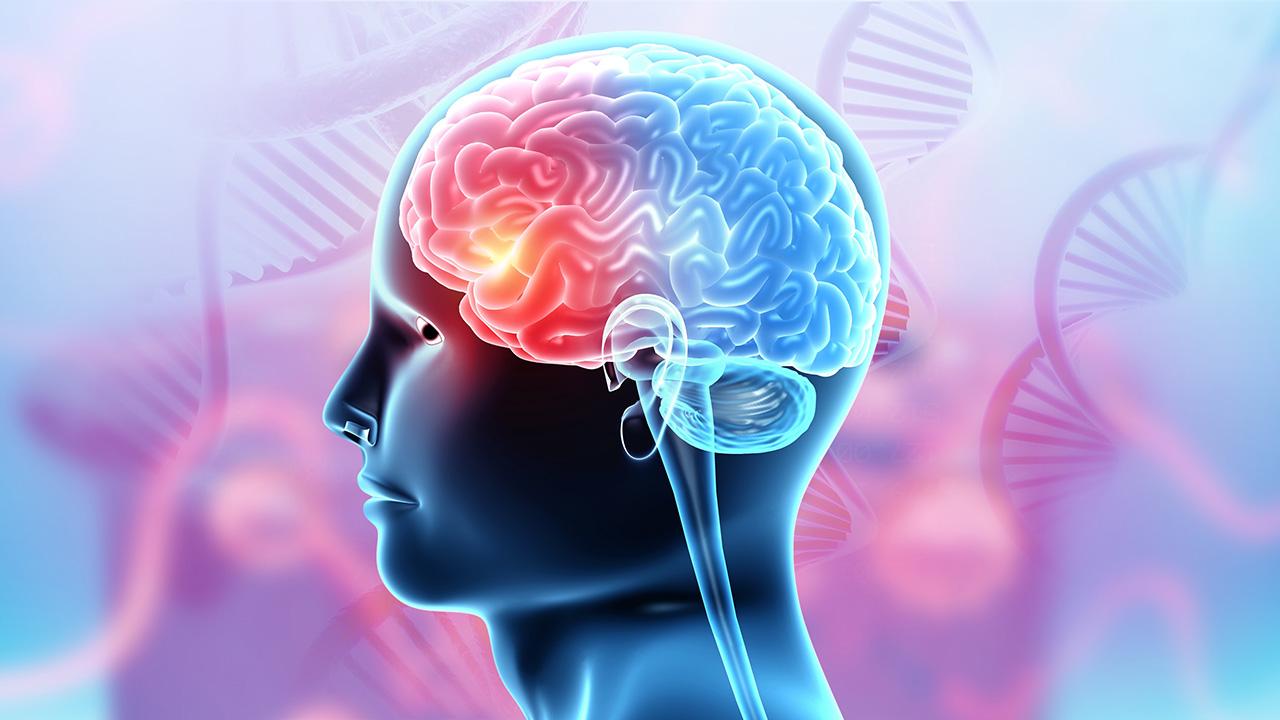
What Causes Stroke?
There are two main causes of stroke: blockage of blood flow to the brain (ischemic stroke) and sudden bleeding in the brain (hemorrhagic stroke).
Causes of Ischemic Stroke:
Approximately 85-87% of ischemic strokes occur due to the blockage of a blood vessel supplying the brain. This blockage typically occurs in the following ways:
- Atherosclerosis: Plaque buildup in the walls of arteries supplying brain tissue, leading to narrowing and hardening of the arteries. This condition severely restricts blood flow and can cause a stroke. Additionally, if the plaque becomes ulcerated, a clot may break off and block a brain artery.
- Narrowing in neck arteries (Carotid artery, vertebral artery)
- Narrowing in major brain arteries
Treatment for atherosclerotic narrowing includes stenting via angiography, blood-thinning therapy, and risk prevention. - Small Vessel Disease: Stroke may occur due to blockage caused by disease in the brain's small vessels, primarily due to vascular risks.
- Embolism: A blood clot or fatty plaque fragment formed elsewhere in the body (often due to irregular heart rhythm) travels through the bloodstream and blocks a brain artery.
- Brain or Neck Artery Tears (Dissection): A tear in the walls of arteries supplying the brain, often due to physical trauma, can reduce blood flow or cause clots, leading to brain tissue damage. Dissection may result from physical trauma, connective tissue disorders, genetic factors, or sometimes no identifiable cause.
- Dissection can be an underlying cause, especially in young stroke patients. Early diagnosis allows prompt treatment, which may include medication or stenting. - Cerebral Venous Thrombosis (CVT): A rare cause of stroke, often linked to pregnancy, certain medications, or genetic clotting disorders. Close monitoring and blood-thinning therapy are essential. In severe cases, clot removal via angiography may be necessary.
Causes of Hemorrhagic Stroke (Brain Bleeding):
Hemorrhagic strokes occur when a blood vessel in the brain ruptures, causing bleeding into brain tissue. The main causes include:
- Ruptured Aneurysm: A balloon-like bulge in an artery wall that bursts.
- Arteriovenous Malformations (AVMs): Abnormal tangles of arteries and veins that rupture.
- High Blood Pressure: Chronic hypertension weakens artery walls, increasing rupture risk.
Other causes include cerebral amyloid angiopathy (CAA) in older adults, drug abuse, chronic liver disease, and head trauma.
What Are the Symptoms of Stroke?
Stroke symptoms usually appear suddenly. The most common signs are:
- Facial drooping
- Arm weakness
- Speech difficulty
Other possible symptoms:
- Weakness on one side of the body (arm, leg, or face)
- Sudden vision loss or blurred vision in one or both eyes
- Sudden difficulty walking, dizziness, loss of balance, or sudden falls
- Sudden severe headache with no known cause
- Sudden confusion or difficulty understanding
- Loss of consciousness
Stroke is a Treatable Condition
If you or someone around you experiences these symptoms, CALL 112 IMMEDIATELY.
Early and rapid intervention can treat stroke and prevent brain tissue damage.
This may lead to symptom recovery and prevent disability.
How is Stroke Diagnosed?
Stroke diagnosis is based on symptoms, physical examination, and various tests. A neurologist determines the type of stroke, its cause, affected brain region, and whether there is bleeding. In cases of transient ischemic attack (TIA), underlying causes are investigated to prevent recurrence.
Diagnostic Tests
Imaging Tests:
Computed Tomography (CT) Scan: Uses X-rays to create detailed brain images. Performed immediately to check for bleeding or damage.
Magnetic Resonance Imaging (MRI): Uses strong magnets and radio waves for detailed brain imaging. Can detect tissue changes and damage, sometimes used alongside CT.
DSA - Cerebral Angiography: A catheter is inserted into the groin artery with contrast dye to visualize brain and neck arteries. Detects narrowed vessels, aneurysms, or AVMs.
Carotid-Vertebral Doppler Ultrasound: Uses sound waves to examine neck arteries for plaque buildup and blood flow.
Other Tests:
- Blood Tests: Check red blood cell count, platelets, glucose, cholesterol, and clotting factors.
- Electrocardiogram (ECG): Detects heart conditions like atrial fibrillation.
- Echocardiogram: Uses sound waves to image the heart and identify clot sources.
- Neurological Exam: Assesses alertness, coordination, balance, numbness, weakness, speech, and vision.
What to Do in Case of Stroke?
Acting FAST is vital when stroke symptoms appear:
- Call 112 immediately.
- Do not drive yourself or let someone else take you.
- Ambulance allows medical personnel to begin life-saving treatment en route.
- Do NOT wait for symptoms to improve.
Actions Until Emergency Help Arrives:
- Call 112 without delay.
- Do NOT wait for symptoms to subside.
- Note the time symptoms first appeared (critical for treatment decisions).
- If possible, lay the person on their side to prevent falls or aspiration.
- Do NOT give food or drink.
- If vomiting, turn the person sideways to prevent choking.
- If possible, inform medical staff about the patient's medical history, medications, and allergies.
How is Stroke Treated?
Stroke treatment varies by type and requires emergency intervention.
- Ischemic Stroke Treatment: Focuses on quickly restoring blood flow to the brain.
- Intravenous (IV) Medications (Thrombolytics): Tissue plasminogen activator (tPA) dissolves clots if given within 4.5 hours of symptom onset.
- Mechanical Thrombectomy (Endovascular Treatment): Removes clots via angiography. Most effective within 6 hours but can be done up to 24 hours in select cases.
- Hemorrhagic Stroke Treatment: Focuses on controlling bleeding and reducing intracranial pressure.
Stroke Recovery Process
Rehabilitation helps relearn lost skills and regain independence. It typically begins within 48 hours and involves a multidisciplinary team (doctors, nurses, physiotherapists, occupational therapists, speech therapists).
Rehabilitation may include physical therapy, occupational therapy, speech therapy, cognitive therapy, and emotional support. It can occur in hospitals, outpatient clinics, care facilities, or at home. Recovery may take months or years.
Frequently Asked Questions
What is a Transient Stroke (TIA)?
A transient ischemic attack (TIA), or "mini-stroke," is a warning sign of future stroke risk. Even if symptoms resolve quickly, it requires urgent evaluation and preventive treatment.
How to Prevent Stroke?
Managing risk factors (hypertension, high cholesterol, diabetes, heart disease, smoking, alcohol) and adopting a healthy lifestyle can prevent ~90% of strokes.
Who is at Higher Risk of Stroke?
Older adults (especially over 55), those with family history, hypertension, high cholesterol, diabetes, or heart disease. Women face higher stroke-related mortality.
Can Stroke Be Prevented?
Yes, ~90% of strokes can be prevented by managing risk factors and following medical advice.
Long-Term Effects of Stroke
Depending on the affected brain area, long-term effects may include physical disability, speech problems, cognitive decline, emotional issues, vision loss, pain, and bladder/bowel dysfunction.
Biruni University Hospital Stroke Center provides 24/7 stroke treatment and rehabilitation with expert medical staff and advanced technology.
Unit Doctors
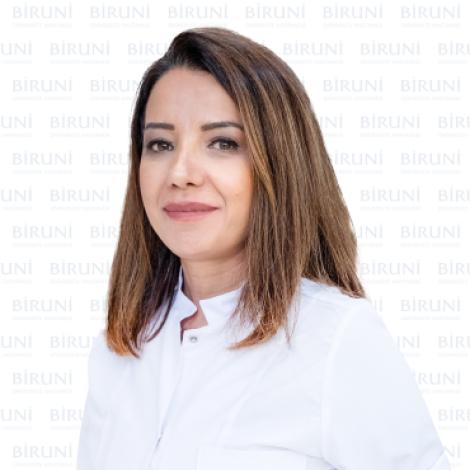
Prof. Dr. Demet Funda BAŞ
